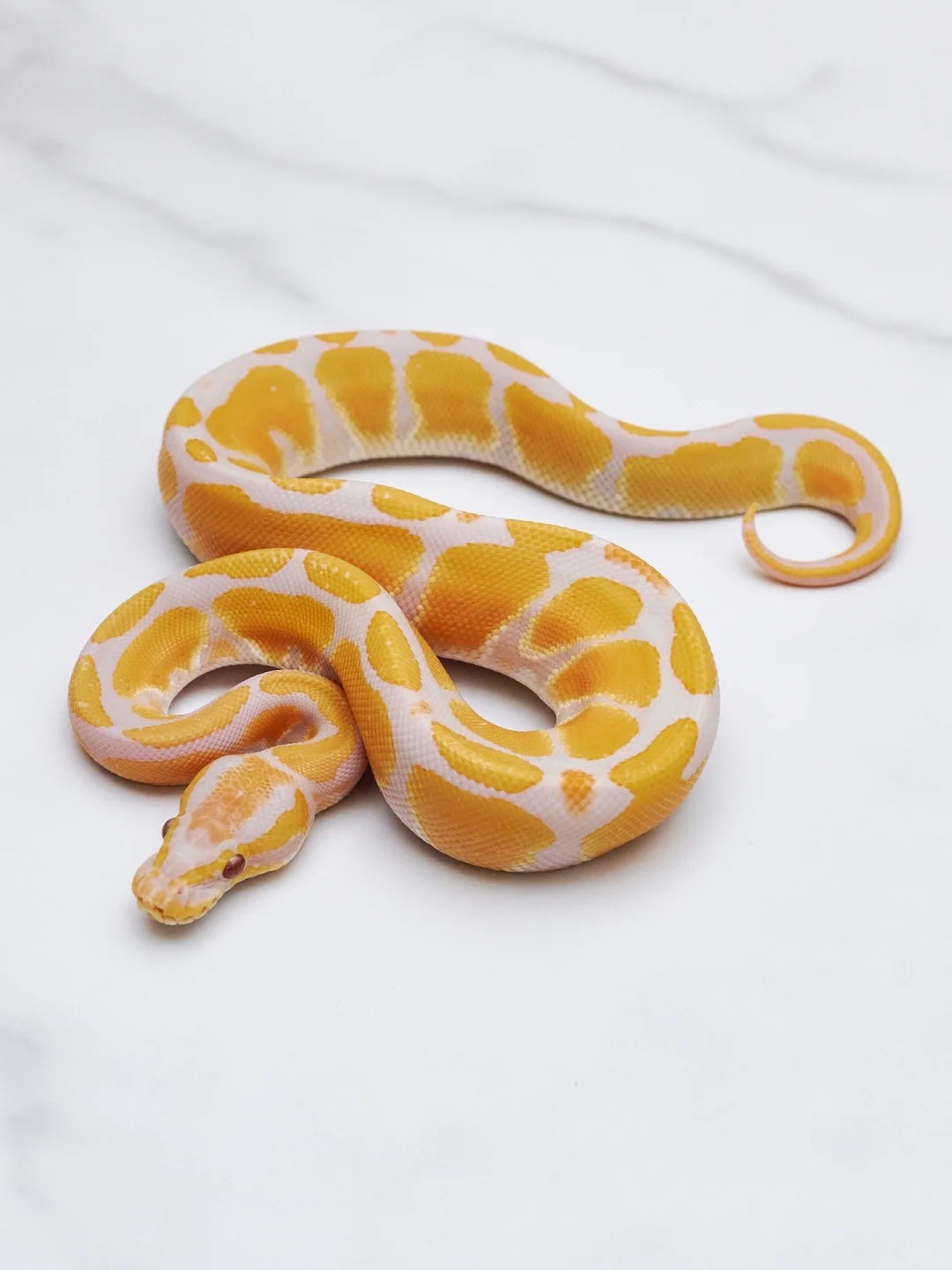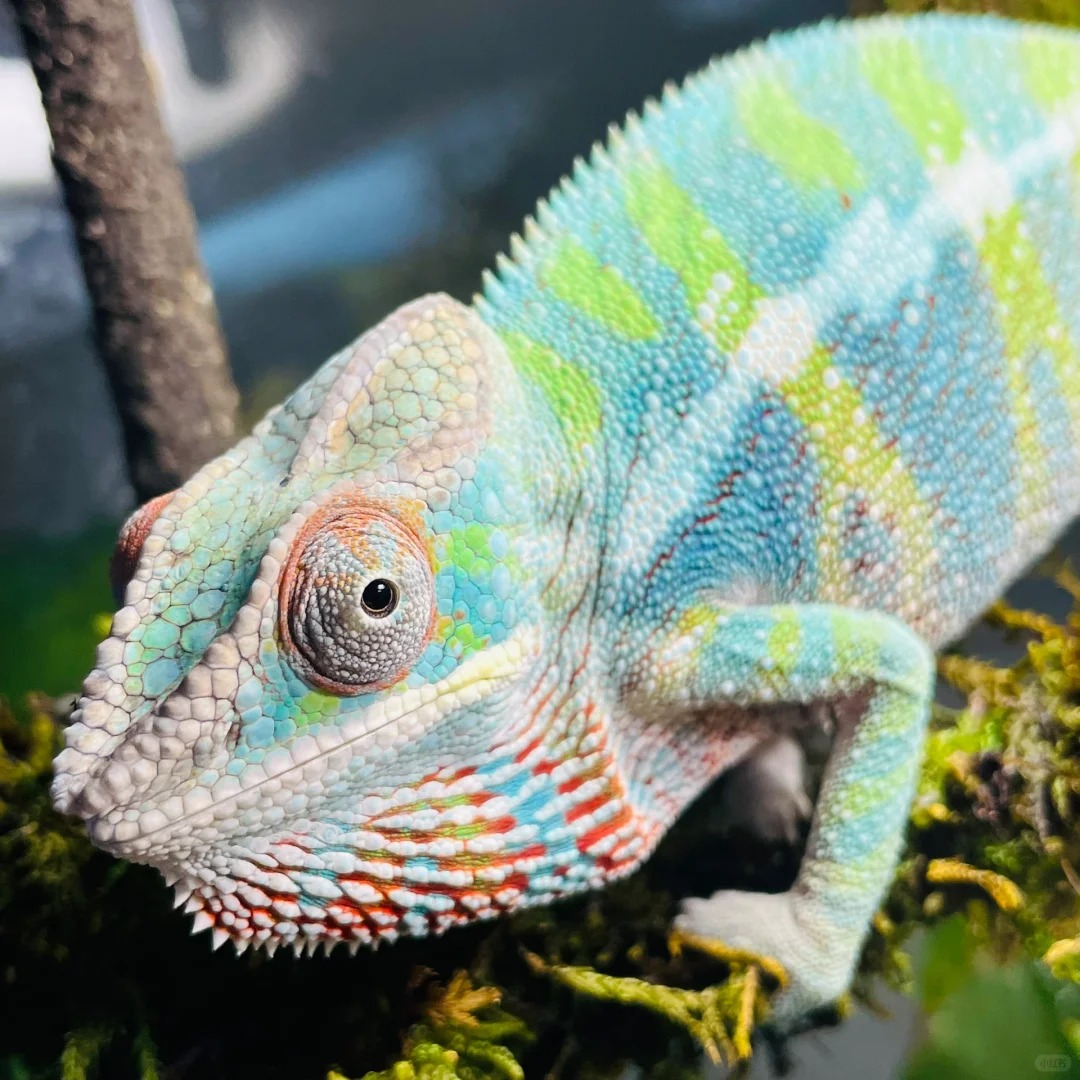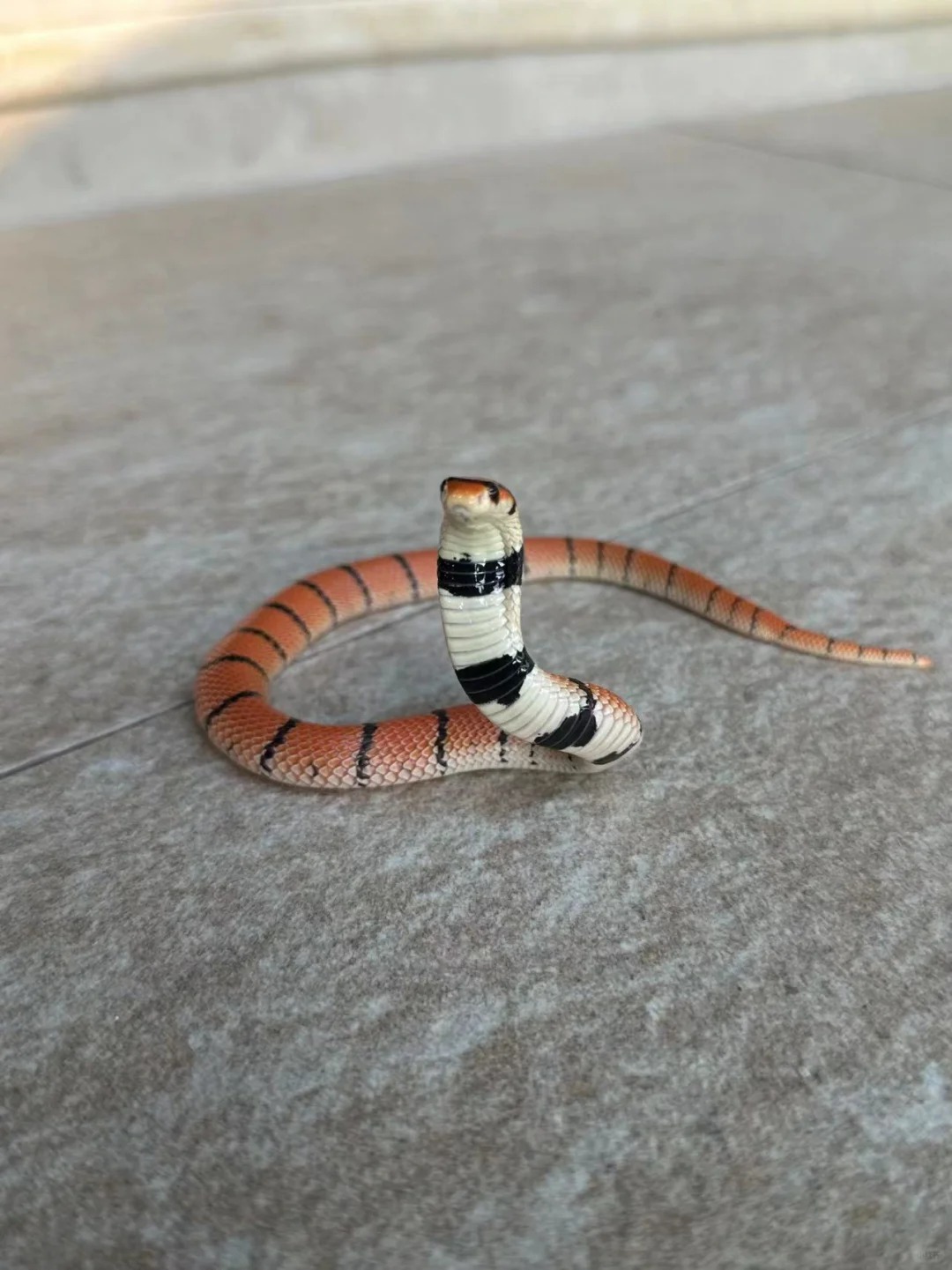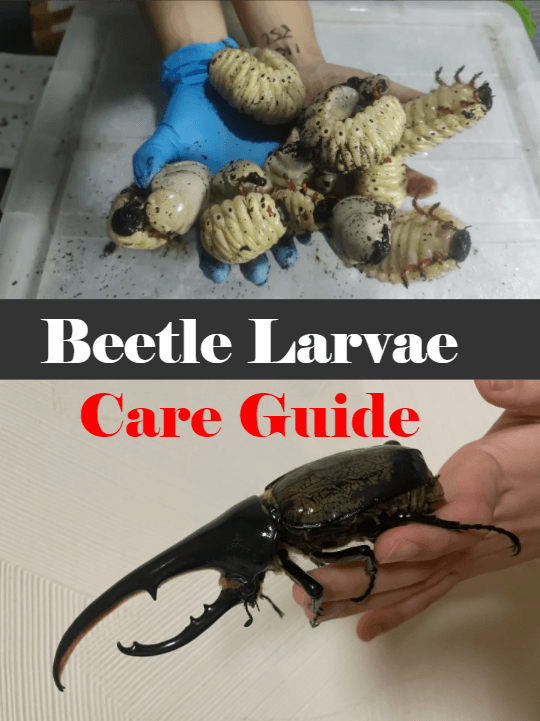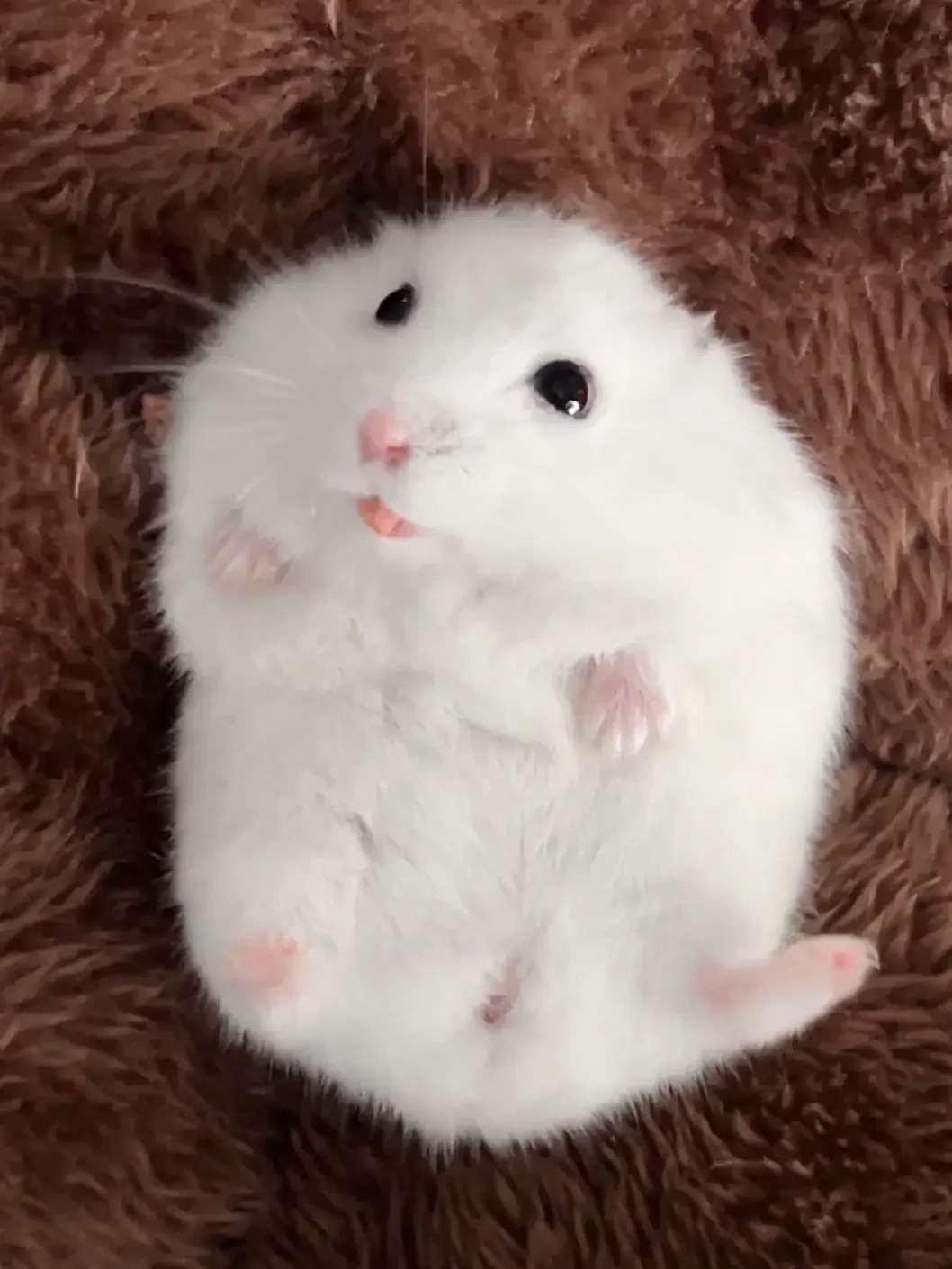**If you're considering getting a ball python, pay attention 😏 It's definitely suitable for beginners. Let me give you a brief rundown of their characteristics.**
💡 Adult length is around 4 feet (though some individuals might exceed that a bit)
💡 Average lifespan is 20 years (official data)
💡 They originate from Africa
💡 Naturally shy
**Why keep a ball python? In my opinion, they feel more substantial compared to other types of snakes. I prefer something more robust, and while other snakes tend to be slender, ball pythons are different. When you hold them, you can feel the solid weight.**
For hatchlings, I recommend feeding them once every five days. For juveniles, once every seven days, and for adults, if the mice you’re feeding are large, once every fourteen days. Some adult ball pythons might refuse food for several months, even up to a year. The main thing to monitor is their weight. There are many reasons for food refusal, often due to stress or being injured by live prey.
